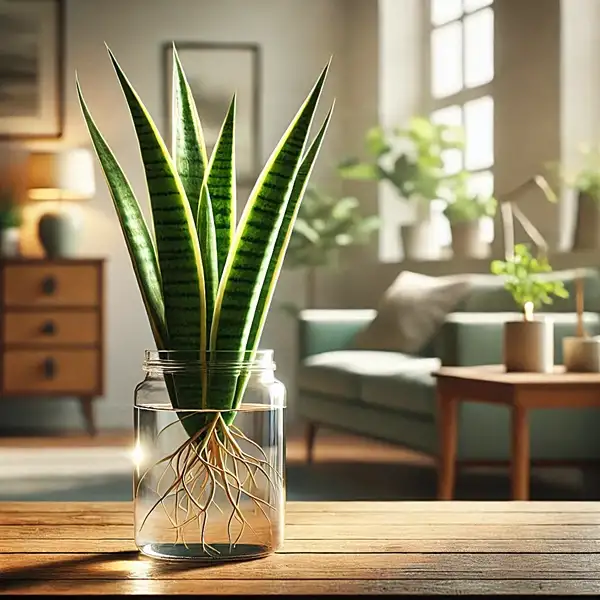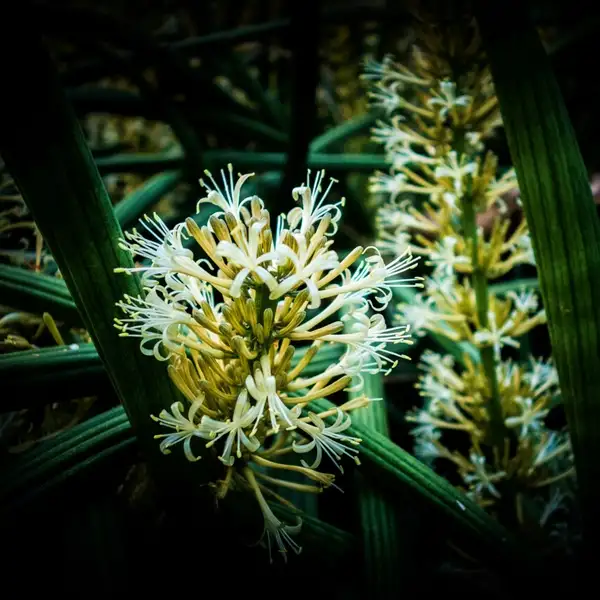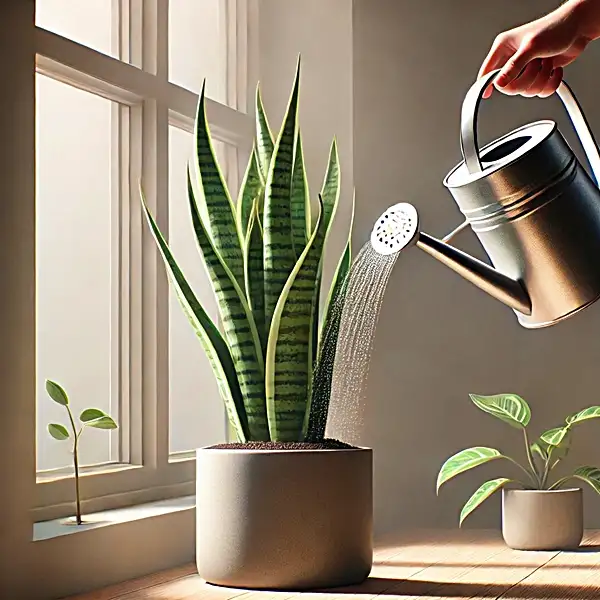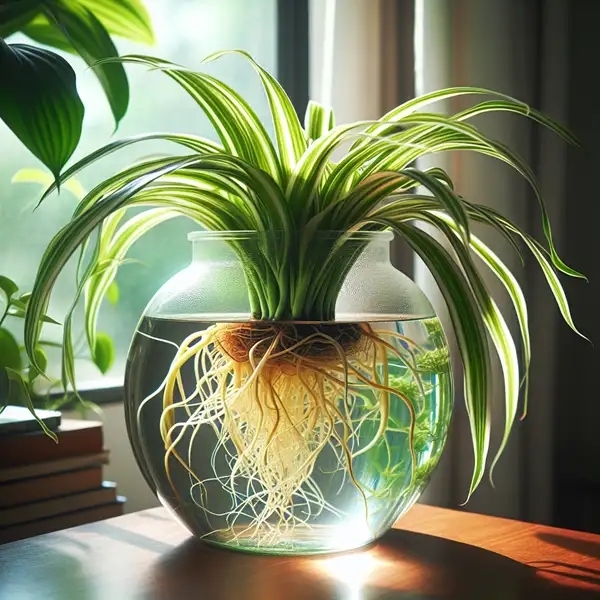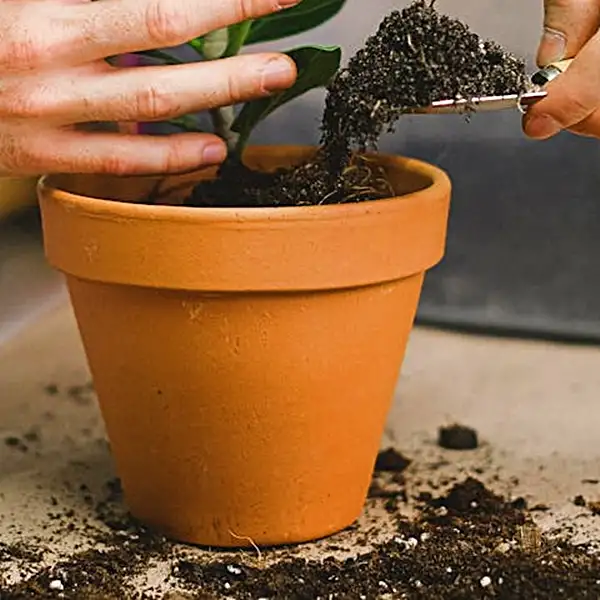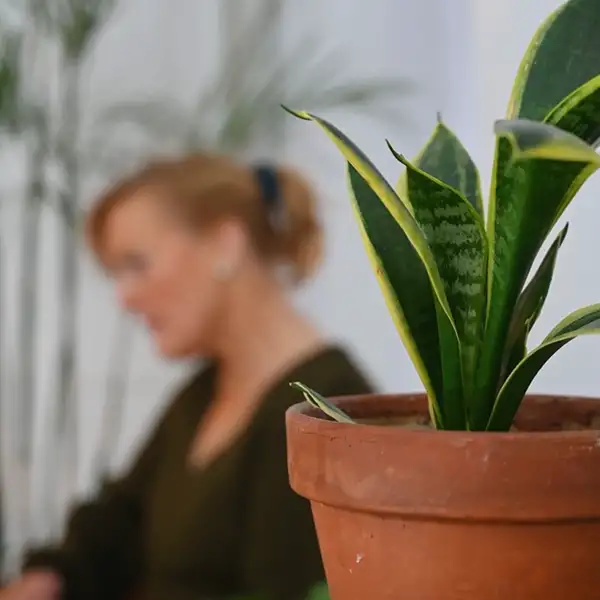Key Takeaways
| Key Takeaways | What You’ll Learn |
|---|---|
| Easy & Rewarding Propagation Method | Discover a surprisingly simple technique that guarantees success. |
| Water vs. Soil Propagation | Find out why water propagation is gaining momentum. |
| Essential Equipment | Make sure you have these key tools before getting started. |
| Step-by-Step Process | How to propagate Snake plants in water? Follow an easy, foolproof method to propagate your plant. |
| Common Mistakes to Avoid | Learn the biggest mistakes that could ruin your propagation. |
| Care Tips for New Growth | Discover the best way to nurture and protect your plant. |
| When to Transition to Soil | Find out the perfect moment to move your plant to soil. |
Snake Plant Propagation
After years of experimenting with different plant propagation techniques, I discovered the joy of growing snake plants in water, a method that seems almost too easy to be true. Propagation of snake plants in water is a technique I have come to rely on, particularly for its simplicity & the thrill of watching roots grow before your eyes.
Propagating snake plant also known as Sansevieria or Mother-in-law’s Tongue is a thrilling & rewarding pursuit for any indoor gardener. Known for its broad & upright leaves that can transform any space into a green haven, it is famous for both aesthetic appeal & multifaceted biological benefits.

Propagation is the process through which gardeners reproduce plants. With snake plants, propagation ought to be uncomplicated, but a thoughtful approach demands a profound understanding of particular methods, along with proper care during the early stages of growth.
The popular method of propagation typically involves soil as the medium; however, water propagation has gained ground owing to its convenience and efficacy. This technique entails placing cuttings in water until they develop roots before transferring these newly formed baby plants into soil pots.
Walter Ingwersen from the International Waterlily Society suggests –
“Water provides an excellent environment for germination because it allows constant contact between seeds and water.”
Thus, it does not just serve as today’s gardening trend but stems from well-established botanical practices.
Benefits of Snake Plant Water Propagation
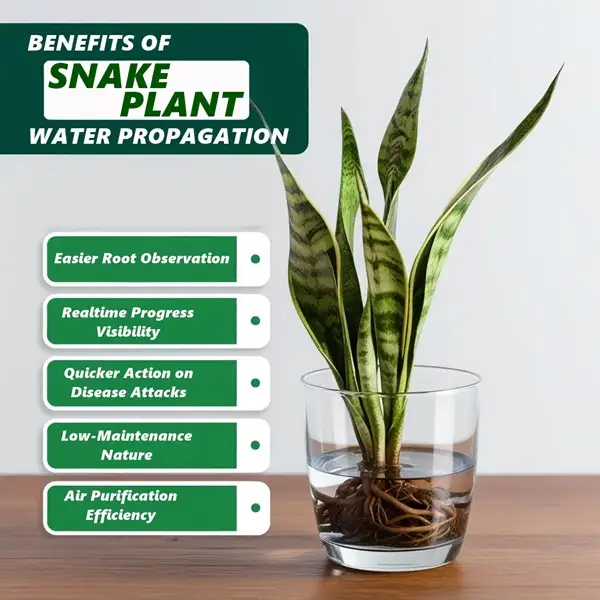
While soil-based propagation techniques remain dominant in many home gardens around the globe due to their traditional acceptance, transitioning toward water-based methods unearths bountiful benefits that remained unnoticed beneath the surface until recently, when they were actualized by modern botanists.
Among other qualities like air purification efficiency of absorbing pollutants around us (NASA Clean Air Study), Bear Paw said about this succulent wonder—
“It needs less attention than most houseplants while providing more rewards.”
This hardy species favors a wet setup, as it enables easier root observation compared to the soil method, where things are often obscured, reducing the excitement of witnessing real-time progress or the ability to take quick action on possible disease attacks.
Necessary Equipment for Successful Snake Plant Propagation in Water
Equipping oneself with the right tools is cardinal for effective water propagation.
| Equipment | Description |
|---|---|
| Sharp, Clean Knife or Scissors | Ensures precise cuts on the leaves, reducing the risk of infection. |
| Transparent Jar or Vase | Allows monitoring of root development while keeping the cutting stable. |
| Filtered or Distilled Water | Prevents potential chemical interactions that could harm root growth. |
| Optional: Stakes and Ties | Helps keep cuttings upright, promoting straight growth and stability. |
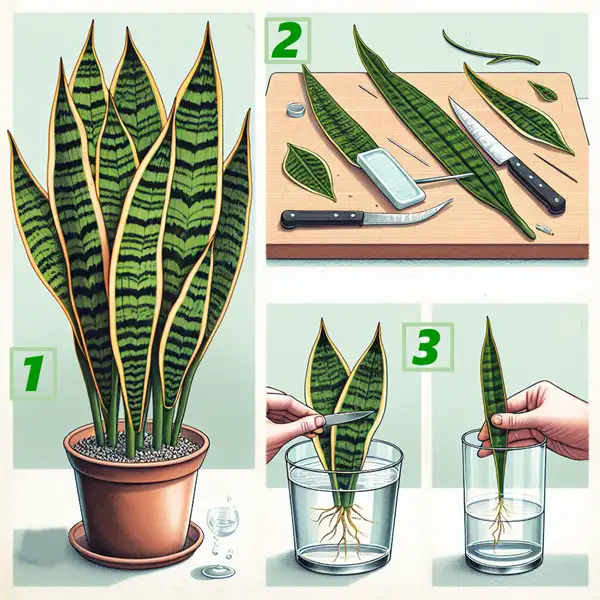
(Step-by-Step Guide) How To Propagate Snake Plants In Water
| Step | Action |
|---|---|
| 1 | Select a Healthy Leaf: Choose a robust leaf without any signs of disease or damage. |
| 2 | Make the Cut: Using a clean knife or scissors, cut a 3–4 inch segment from the leaf, ensuring a clear distinction between the top and bottom parts. |
| 3 | Prepare the Cutting: Allow the cut end to dry and callous over for 1-2 days to prevent rot. |
| 4 | Place in Water: Submerge the bottom inch of the cutting in a transparent jar filled with filtered water, ensuring the rest of the leaf remains above the waterline. |
| 5 | Monitor and Wait: Position the jar in indirect sunlight. Roots typically begin to develop within 1-2 weeks. |
| 6 | Transfer to Soil: Once roots are at least 2 inches long, plant the cutting in well-draining soil to encourage further growth. |
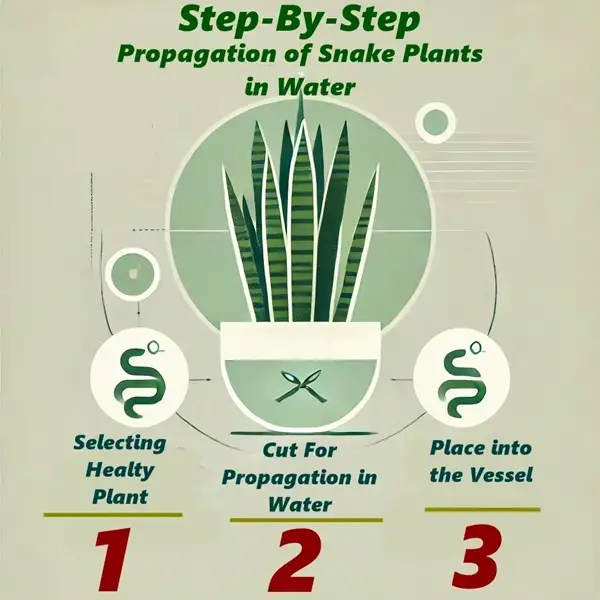
4 Critical Mistakes in Water Propagation Process
As enchanting as this process might seem, mistakes do creep up even among seasoned growers, mostly due to misunderstanding simple facts, which can create setbacks at best, or total failure if left unaddressed appropriately.
A few common errors include –
| Mistake | Consequence |
|---|---|
| Placing Cuttings Upside Down | Prevents proper root development, leading to failed propagation. |
| Overcrowding Multiple Cuttings | Leads to competition for resources and potential rotting due to poor air circulation. |
| Using Unfiltered Tap Water | May introduce harmful chemicals, hindering root growth. |
| Neglecting Water Changes | Stagnant water can harbor bacteria, leading to rot. |
6 Expert Tips To Care For Your Newly Propagated Snake Plants
Post successful propagation, attentiveness towards caring for these tender creations becomes indispensable.
| Tip | Importance |
|---|---|
| Avoid Direct Sunlight | Prevents leaf scorching and stress on the young plant. |
| Maintain Optimal Temperature (70-90°F) | Encourages healthy growth and root development. |
| Regularly Change Water | Keeps the environment clean, reducing the risk of bacterial growth. |
| Transition to Soil After Root Development | Ensures long-term health, as snake plants thrive better in soil. |
| Use Well-Draining Soil | Prevents waterlogging and root rot. |
| Water Sparingly After Transferring to Soil | Overwatering can lead to root rot; allow soil to dry between waterings. |
While keeping water clean serves as an absolute necessity to prevent rotting roots, ensure you don’t overdo it with frequent water changes. Morris Benson from the University of Minnesota Extension rightly emphasizes –
“Snake plants are drought-tolerant; they do not like soggy conditions and need very little water once established.”
The Key to Healthy Snake Plants
Snake plants cannot stay in water forever. While propagating in water is a great starting point, they are not aquatic plants & require soil for long-term growth.
Once roots are well-established, they need to be transferred to soil to thrive & grow to their full potential. Keeping them in water for too long can lead to root rot & poor plant health.
Remember! Transitioning to soil is the best way to make it flourish into a strong & vibrant addition to your home.
Frequently Asked Questions
How long does it take a snake plant to propagate in water?
Roots start forming in about a week. Full development takes another two weeks depending on light & temperature.
Is it better to propagate a snake plant in water or soil?
Water propagation makes it easy to monitor root growth while soil provides long-term stability. Transferring to soil is essential once roots develop.
Can snake plants grow in water permanently?
No! They need soil for long-term growth. Prolonged water exposure leads to root rot.
Why won't my snake plant root in water?
Improper water levels, too much sunlight or contamination can slow root formation. Use clean water, indirect light & submerge only base.
How do you speed up snake plant propagation?
Use warm, indirect light, clean water & maintain optimal temperatures. Filtered or distilled water prevents chemical interference.


